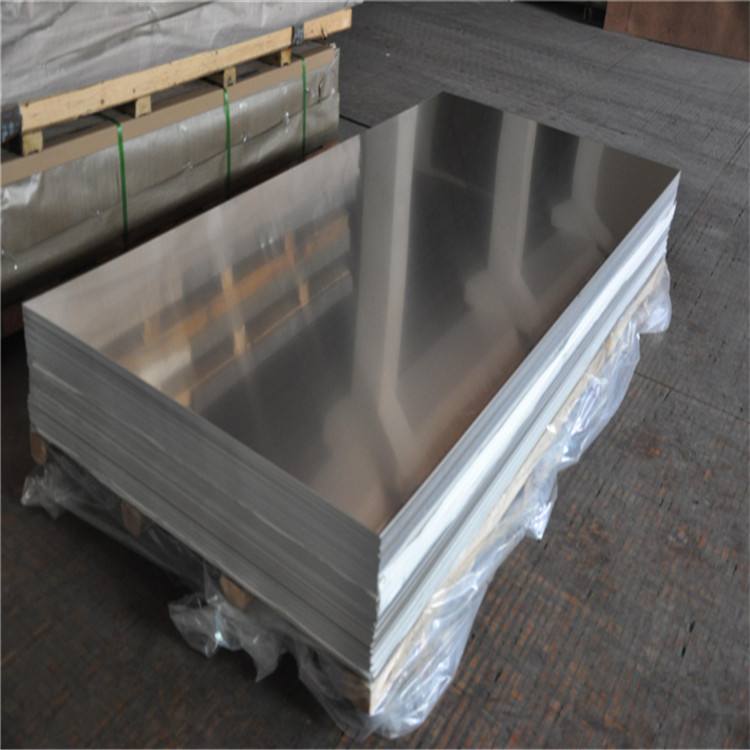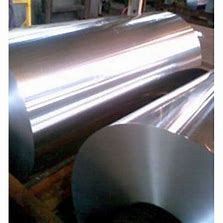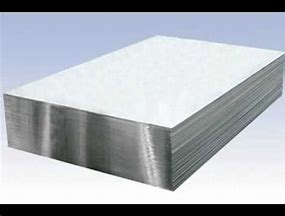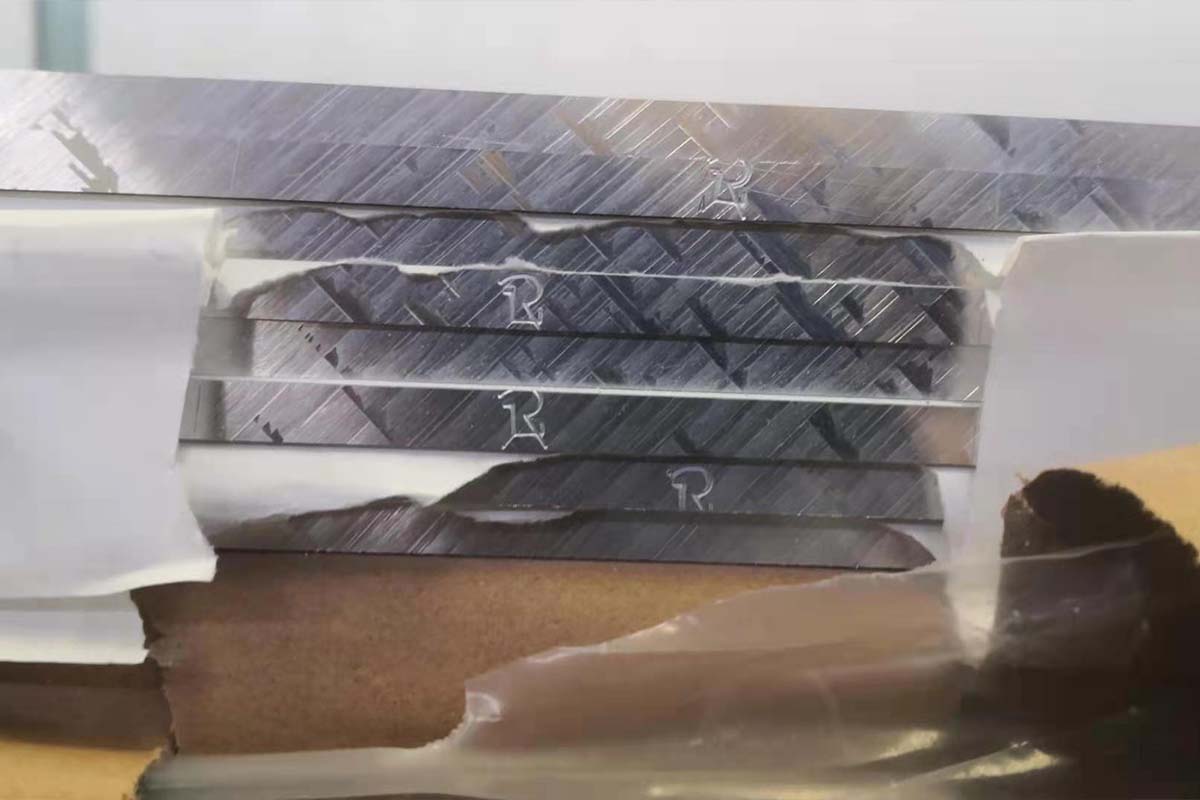



These are the following problems when welding aluminium alloy materials: the weld is deformed and has a high tendency to form cracks, the
High tendency of weld deformation and crack formation. The coefficient of linear expansion and crystalline shrinkage of aluminium is approximately twice as large as that of steel, which tends to produce greater internal stresses in the weld deformation and will contribute to thermal cracking in more rigid structures.
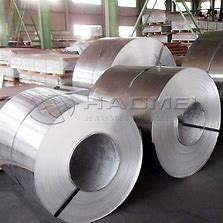
The thermal conductivity of aluminium is large (0.538 cal/Cm.s.°C for pure aluminium). It is approximately four times that of steel, therefore, more heat is consumed when welding aluminium and aluminium alloys than when welding steel.
Burning losses from evaporation of alloying elements. Aluminium alloys contain elements with low boiling points (such as magnesium, zinc, manganese, etc.), which are very easy to evaporate and burn out under the action of a high temperature arc, thus changing the chemical composition of the weld metal and making the weld performance drop.
High temperature strength and plasticity is low. The strength and plasticity of aluminium is low at high temperatures, which destroys the formation of the weld metal, and sometimes easily causes the weld metal to collapse and weld through the phenomenon.
No colour change. When aluminium and aluminium alloy change from solid to liquid state, there is no obvious colour change, which makes it difficult for the operator to grasp the heating temperature.
The welding process of aluminium alloy material
Preparation before welding
Chemical or mechanical methods are used to strictly clean the surface oxide film on both sides of the weld bevel.
Chemical cleaning is the use of alkali or acid cleaning workpiece surface, the method can remove both oxide film, but also in addition to oil, the specific process is as follows: volume fraction of 6% to 10% of sodium hydroxide solution, at about 70 ℃ soak 0.5min → water washing → volume fraction of 15% of nitric acid at room temperature soak 1min for neutralization treatment → water washing → warm water washing → drying. The surface of the washed aluminium alloy is silvery white without lustre.
Mechanical cleaning can be used wind or electric milling cutter, but also scrapers, files and other tools, for the thin oxide film can also be used 0.25mm copper wire brush grinding to remove the oxide film.
Clean up immediately after welding, if placed for more than 4h, should be re-cleaned.
* Thank you for your inquiry. Please provide your business needs information so that we can better serve you.
This information can help us assign the most suitable person to solve your problem. We will give you feedback within 1-2 working days.
Related Blog
